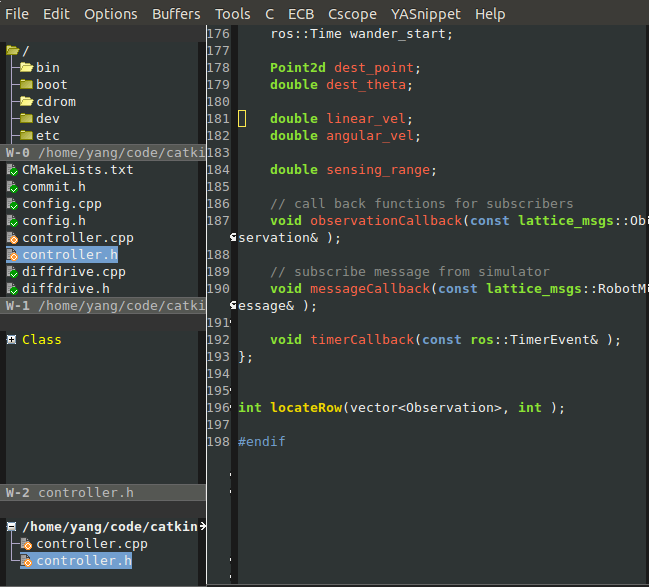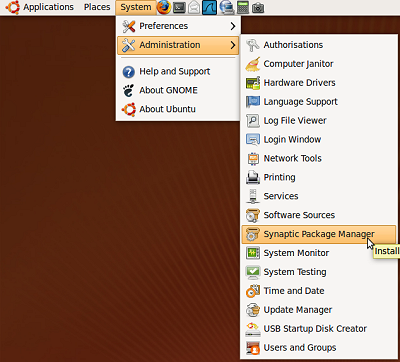[Java]读取文件方法大全
2011年6月11日 05:08
看到很好用的代码调用IO读取文件,转载到这里
原文链接:http://blog.csdn.net/homebei2/archive/2011/03/16/6254707.aspx
public class ReadFromFile {
/**
* 以字节为单位读取文件,常用于读二进制文件,如图片、声音、影像等文件。
*/
public static void readFileByBytes(String fileName) {
File file = new File(fileName);
InputStream in = null ;
try {
System.out.println( " 以字节为单位读取文件内容,一次读一个字节: " );
// 一次读一个字节
in = new FileInputStream(file);
int tempbyte;
while ((tempbyte = in.read()) != - 1 ) {
System.out.write(tempbyte);
}
in.close();
} catch (IOException e) {
e.printStackTrace();
return ;
}
try {
System.out.println( " 以字节为单位读取文件内容,一次读多个字节: " );
// 一次读多个字节
byte [] tempbytes = new byte [ 100 ];
int byteread = 0 ;
in = new FileInputStream(fileName);
ReadFromFile.showAvailableBytes(in);
// 读入多个字节到字节数组中,byteread为一次读入的字节数
while ((byteread = in.read(tempbytes)) != - 1 ) {
System.out.write(tempbytes, 0 , byteread);
}
} catch (Exception e1) {
e1.printStackTrace();
} finally {
if (in != null ) {
try {
in.close();
} catch (IOException e1) {
}
}
}
}
/**
* 以字符为单位读取文件,常用于读文本,数字等类型的文件
*/
public static void readFileByChars(String fileName) {
File file = new File(fileName);
Reader reader = null ;
try {
System.out.println( " 以字符为单位读取文件内容,一次读一个字节: " );
// 一次读一个字符
reader = new InputStreamReader( new FileInputStream(file));
int tempchar;
while ((tempchar = reader.read()) != - 1 ) {
// 对于windows下,\r\n这两个字符在一起时,表示一个换行。
// 但如果这两个字符分开显示时,会换两次行。
// 因此,屏蔽掉\r,或者屏蔽\n。否则,将会多出很多空行。
if ((( char ) tempchar) != ' \r ' ) {
System.out.print(( char ) tempchar);
}
}
reader.close();
} catch (Exception e) {
e.printStackTrace();
}
try {
System.out.println( " 以字符为单位读取文件内容,一次读多个字节: " );
// 一次读多个字符
char [] tempchars = new char [ 30 ];
int charread = 0 ;
reader = new InputStreamReader( new FileInputStream(fileName));
// 读入多个字符到字符数组中,charread为一次读取字符数
while ((charread = reader.read(tempchars)) != - 1 ) {
// 同样屏蔽掉\r不显示
if ((charread == tempchars.length)
&& (tempchars[tempchars.length - 1 ] != ' \r ' )) {
System.out.print(tempchars);
} else {
for ( int i = 0 ; i < charread; i ++ ) {
if (tempchars[i] == ' \r ' ) {
continue ;
} else {
System.out.print(tempchars[i]);
}
}
}
}
} catch (Exception e1) {
e1.printStackTrace();
} finally {
if (reader != null ) {
try {
reader.close();
} catch (IOException e1) {
}
}
}
}
/**
* 以行为单位读取文件,常用于读面向行的格式化文件
*/
public static void readFileByLines(String fileName) {
File file = new File(fileName);
BufferedReader reader = null ;
try {
System.out.println( " 以行为单位读取文件内容,一次读一整行: " );
reader = new BufferedReader( new FileReader(file));
String tempString = null ;
int line = 1 ;
// 一次读入一行,直到读入null为文件结束
while ((tempString = reader.readLine()) != null ) {
// 显示行号
System.out.println( " line " + line + " : " + tempString);
line ++ ;
}
reader.close();
} catch (IOException e) {
e.printStackTrace();
} finally {
if (reader != null ) {
try {
reader.close();
} catch (IOException e1) {
}
}
}
}
/**
* 随机读取文件内容
*/
public static void readFileByRandomAccess(String fileName) {
RandomAccessFile randomFile = null ;
try {
System.out.println( " 随机读取一段文件内容: " );
// 打开一个随机访问文件流,按只读方式
randomFile = new RandomAccessFile(fileName, " r " );
// 文件长度,字节数
long fileLength = randomFile.length();
// 读文件的起始位置
int beginIndex = (fileLength > 4 ) ? 4 : 0 ;
// 将读文件的开始位置移到beginIndex位置。
randomFile.seek(beginIndex);
byte [] bytes = new byte [ 10 ];
int byteread = 0 ;
// 一次读10个字节,如果文件内容不足10个字节,则读剩下的字节。
// 将一次读取的字节数赋给byteread
while ((byteread = randomFile.read(bytes)) != - 1 ) {
System.out.write(bytes, 0 , byteread);
}
} catch (IOException e) {
e.printStackTrace();
} finally {
if (randomFile != null ) {
try {
randomFile.close();
} catch (IOException e1) {
}
}
}
}
/**
* 显示输入流中还剩的字节数
*/
private static void showAvailableBytes(InputStream in) {
try {
System.out.println( " 当前字节输入流中的字节数为: " + in.available());
} catch (IOException e) {
e.printStackTrace();
}
}
public static void main(String[] args) {
String fileName = " C:/temp/newTemp.txt " ;
ReadFromFile.readFileByBytes(fileName);
ReadFromFile.readFileByChars(fileName);
ReadFromFile.readFileByLines(fileName);
ReadFromFile.readFileByRandomAccess(fileName);
}
}
5、将内容追加到文件尾部
public class AppendToFile {
/**
* A方法追加文件:使用RandomAccessFile
*/
public static void appendMethodA(String fileName, String content) {
try {
// 打开一个随机访问文件流,按读写方式
RandomAccessFile randomFile = new RandomAccessFile(fileName, " rw " );
// 文件长度,字节数
long fileLength = randomFile.length();
// 将写文件指针移到文件尾。
randomFile.seek(fileLength);
randomFile.writeBytes(content);
randomFile.close();
} catch (IOException e) {
e.printStackTrace();
}
}
/**
* B方法追加文件:使用FileWriter
*/
public static void appendMethodB(String fileName, String content) {
try {
// 打开一个写文件器,构造函数中的第二个参数true表示以追加形式写文件
FileWriter writer = new FileWriter(fileName, true );
writer.write(content);
writer.close();
} catch (IOException e) {
e.printStackTrace();
}
}
public static void main(String[] args) {
String fileName = " C:/temp/newTemp.txt " ;
String content = " new append! " ;
// 按方法A追加文件
AppendToFile.appendMethodA(fileName, content);
AppendToFile.appendMethodA(fileName, " append end. \n " );
// 显示文件内容
ReadFromFile.readFileByLines(fileName);
// 按方法B追加文件
AppendToFile.appendMethodB(fileName, content);
AppendToFile.appendMethodB(fileName, " append end. \n " );
// 显示文件内容
ReadFromFile.readFileByLines(fileName);
}
}

